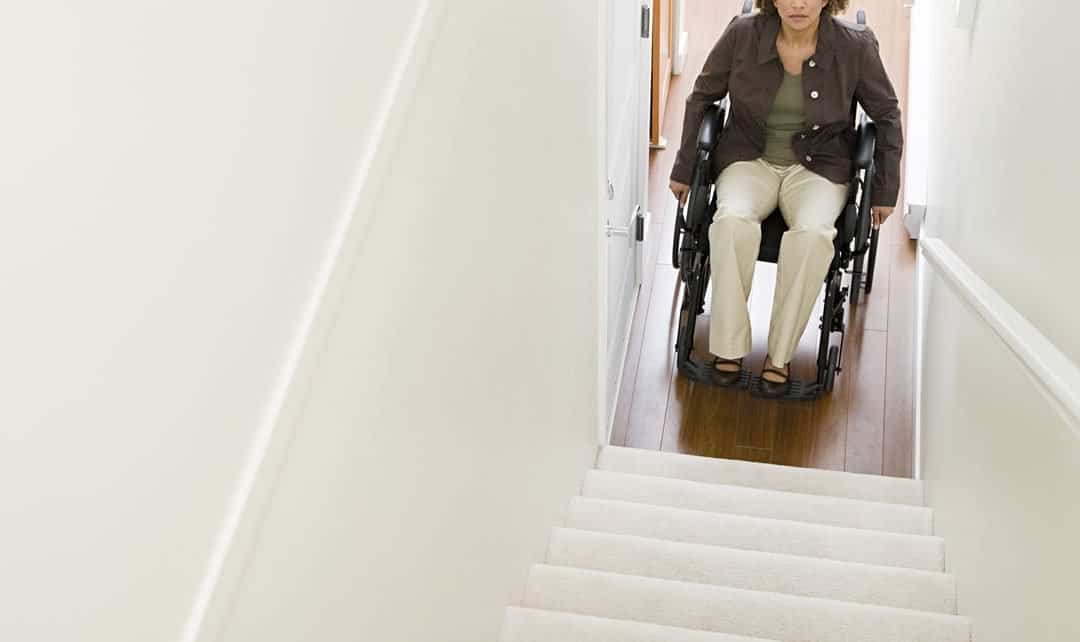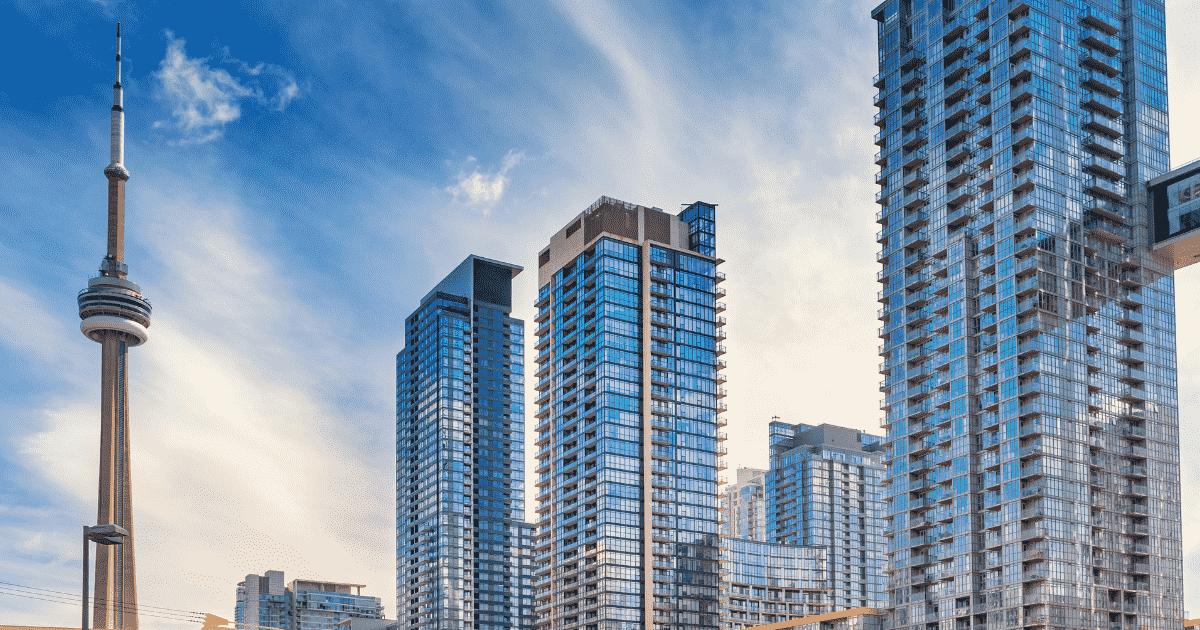Most businesses, owners and property managers are aware of laws, building codes and bylaws designed to better accommodate those with disabilities. However, from my own experience, there’s still a lot of progress that needs to be made on accessibility.
I recently had a reconstructive foot surgery that confined me to a wheelchair for the first couple of weeks and crutches for a further six weeks. In no way whatsoever will I suggest that this temporary situation was anywhere close to what those with more severe or permanent disabilities have to endure, but it gave me a small sample of what they have to experience day in and day out.
Relating it to commercial real estate, getting into and out of many buildings was very difficult, starting in the parking lot. Most buildings have accessible parking stalls although many were faded or not clearly marked. Also, a number of those stalls were occupied by vehicles without placards, suggesting the system is poorly monitored or unenforced. Once out of a vehicle, if there wasn’t a ramp to get up the curb, access with a wheelchair was remarkably difficult. In fact, most people would simply be unable to get up a curb without help.
Next, many front doors do not have automatic openers. This proved difficult with crutches and extremely challenging in a wheelchair. We should note that none of these exterior issues take into account how treacherous it can be in winter. Unshovelled or unpaved sidewalks and roads add a whole new level of danger.
Once inside the building itself, a number of other challenges are presented. If there wasn’t an elevator to reach floors beyond the main, then those floors were simply inaccessible in a wheelchair. It is doable on crutches if there are proper handrails. Many times there aren’t.
Another big hurdle is washrooms. The doors are typically just wide enough to enter and it seldom seems there is enough room to navigate once inside. Getting from a wheelchair to a toilet can also be a daunting task, particularly if there isn’t a safety bar. By no means is this a comprehensive list but it was anecdotal to me.
I stress that my situation was only temporary and there are many, many people who are afflicted with much more serious or permanent disabilities. So whether it’s a person that has to deal with a minor or temporary setback or something more permanent, I am boldly suggesting that businesses are simply not doing enough to accommodate persons with disabilities. This is a broad statement and to be fair there are some wonderful examples of businesses that do an extraordinary job of making life a bit easier for those with disabilities. And to those businesses, I applaud your efforts and encourage you to share the benefits of your decisions with other businesses.
I am profoundly humbled by the challenges those with disabilities face each and every day. Watch how people step on to and off a sidewalk curb without a moment’s hesitation and contrast it to how a person in a wheelchair must navigate the exact same curb with fear and trepidation.
If you’re a business owner, consider doing an audit of how accommodating your place of business is. Or, if you’re just trying to make the world a better place, see what small thing you can do today to help make someone else’s day a little brighter.
Chad Griffiths is a partner at NAI Commercial Real Estate in Edmonton. He is a board member with NAIOP Edmonton and RICS Prairies Region and is proud to hold both the CCIM and MRICS designations. (780) 436-7410
















